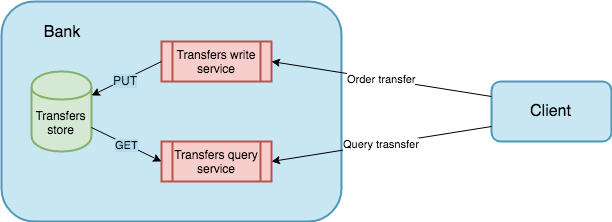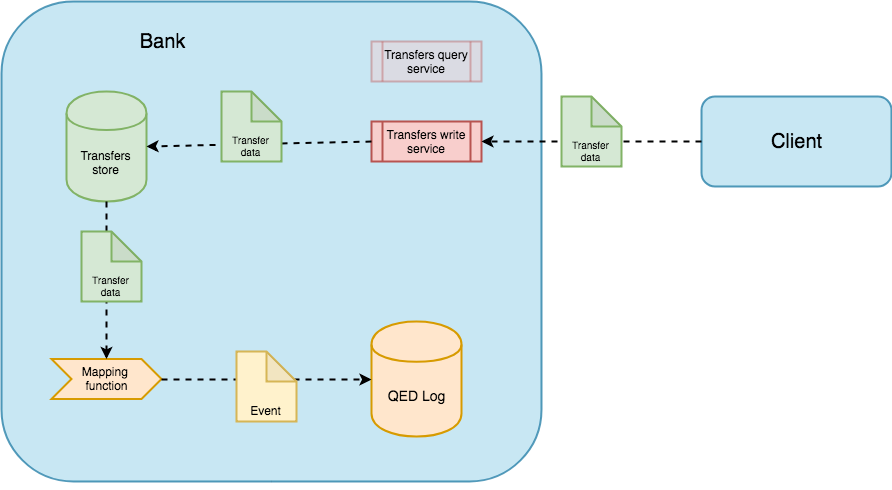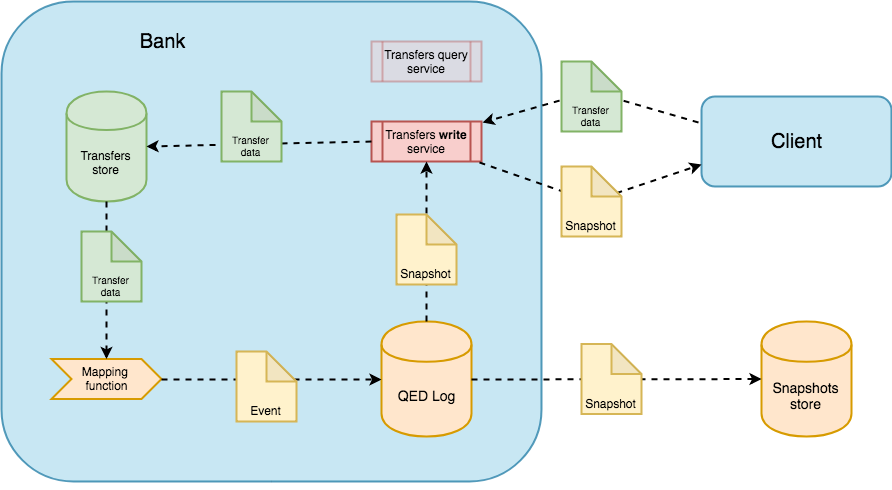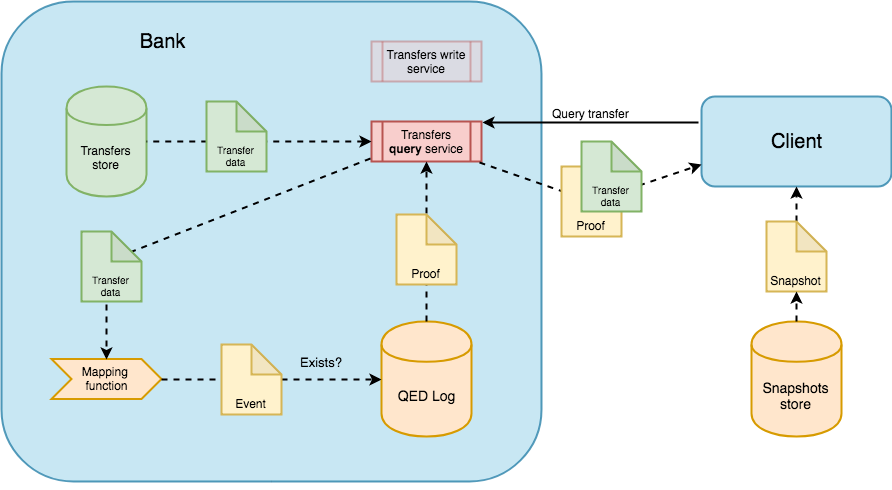Trust Model¶
Description¶
Before starting to use QED, users need to translate their problem of trust to a more suitable conceptual model, to allow them to accurately identify which are the actors that take part in the relationship, and what are the pieces of data that must be verified.
QED defines a very simple but flexible trust model. It is composed of three main components:
- The information itself to which the users want to add transparency.
- A set of actors that interacts with the information in different ways.
- A mapping function that translates the information space to a univocal event that serves as input for QED.
It is clear that the information depends on the nature of the problem we are dealing with, and likewise, the mapping function definition is closely linked to it. Actors can be grouped in three categories or roles:
- Sources of information.
- Information providers.
- Information consumers.
Let’s see a brief example to understand better these concepts and their interactions with QED.
Simple scenario¶
Suppose a scenario where bank customers want to ensure that every money transfer related to their accounts can be verified later.
Here, the information takes the form of bank transfers which includes references to the destination accounts, a timestamp, the amount of money transferred, a concept and probably a set of different internal metadata.
The involved actors are the bank and the customer. The customer plays the role of the information consumer, and the bank plays both the roles of source and provider. Note that the bank might be divided in to different services: one for making transfers and other one for querying them.

In this scenario, QED could help the provider to add transparency to its internal operations. When the client uses the bank application to order a money transfer, the application (provider) has to use the mapping function to transform every transfer data into a QED event that uniquely represents the event source entry that will be appended to the QED Log, which is the part of QED that stores the information needed to build the proofs. If this function has some collision, QED might not be able to issue a valid proof.
For instance, a possible event could be:
{
“operation code”: “money transfer”,
“user code”: “0001”,
“destination”: “IBAN001”,
“timestamp”: 2019-05-29T10:00:35+00:00,
“concept”: “transfer money to other account”,
“amount”: 1000,
“currency”: “EUR”,
}
We necessarily have to trust this append process. If the user introduced incorrect data, he will only be able to verify such incorrect data.

On each append operation, the QED Log will emit a signed token or receipt, called snapshot, that captures the full state of the log at a particular version. This snapshot will be eventually published in a (maybe public) snaphots store outside QED.
To provided transparency, the signed snapshot can also be delivered to the client, so he could later use it to verify the QED proof about such operation. In the same way, a third-party could be able to use that published snapshot to verify the same data. In order to avoid collusion, a snapshot store might be out of reach of the provider.

At a later time, the client might change his idea about what he did and demand the bank to proof that he ordered the transfer and/or that nobody modified the order data on its internal systems.

With a QED-based system, the bank can provide a cryptographically secure proof that verifies that:
- The QED event was effectively appended and has not been modified since then.
- The event was appended in a precise temporal order related to the other events from the same client. Those events can also refer to internal operations not directly related to the transfer data, allowing to verify the complete end-to-end chain of operations derived from the order.

However, the client might argue that these proofs are invalid because the QED system is deployed on bank premises (under bank control), so someone could have modified something. But, QED is also resistant to this kind of attacks, and cannot be tampered without being detected. Also, to avoid tampering, it is essential to deploy the event source, the QED Log, and the snapshot store in a way resistant to collusion.
Note
To have a deep comprehension of how QED achieves this ability, please refer to the QED’s security model documentation.
This naive example shows the basic usage of a QED, and help to identify the fundamental components that QED requires:
- QED Log: where the authentication data lives.
- Snapshot store: that stores all snapshots generated by QED Log.
- Events source: the service that stores the data needed to build QED events.
- Application: a system/action that works with events source data.
- Third-parties: external actors that can use QED or be verified by QED.
There are other components which allow a QED system to be resistant to tampering:
- QED gossip network: a network on which QED emits snapshots.
- QED agents: processes subscribed to the gossip network, that execute task with the snapshot information: monitoring, auditing, etc.
- Notification service: notifies stakeholders of any activity of interest like alerts emitted by agents.
Note
To have a deep comprehension of these components and how they interact among them, please refer to the architecture documentation.
The Use cases section provides a detailed set of examples that apply the trust model to more complex scenarios.